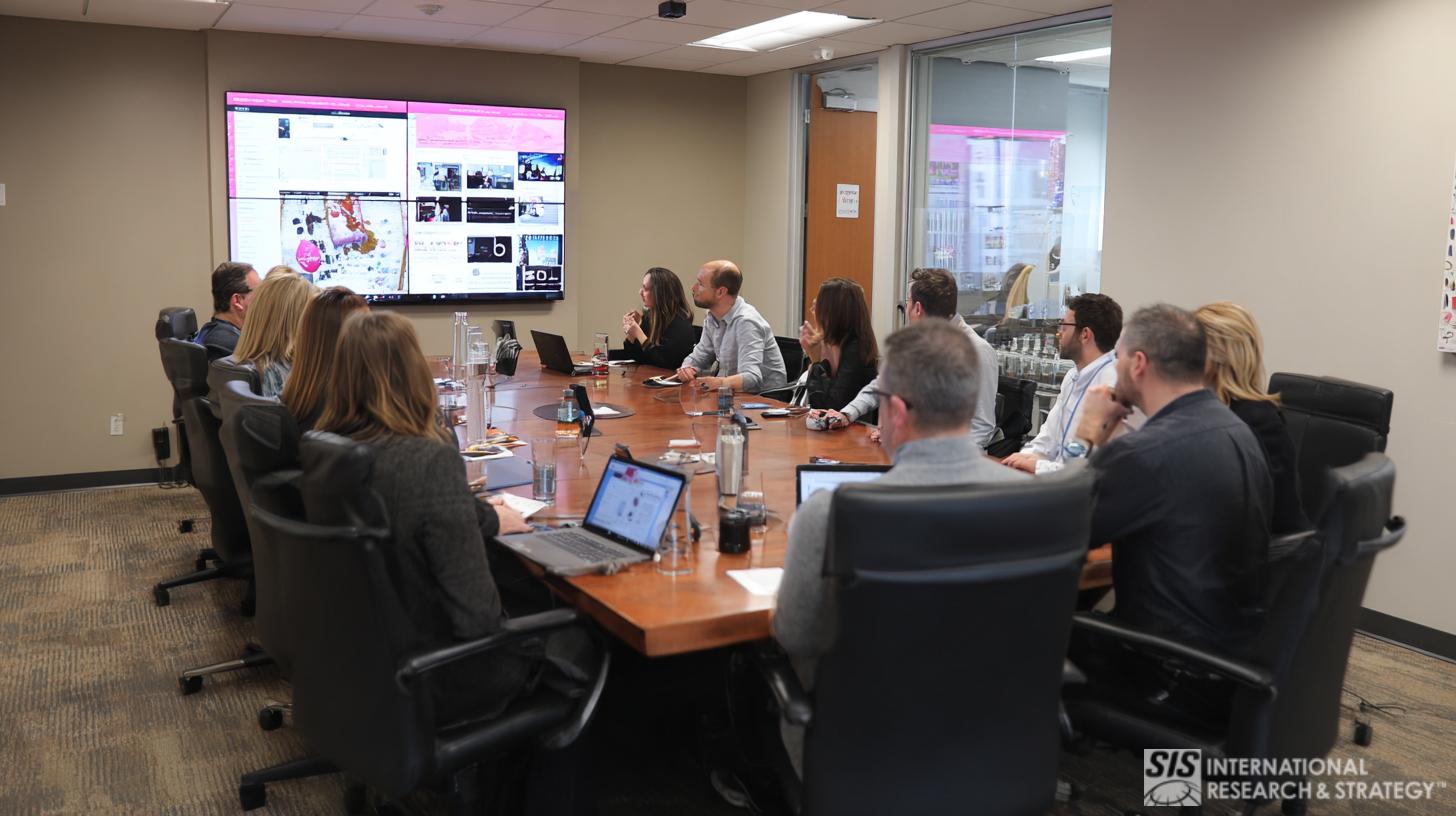
One of the most daunting challenges in today’s global economy is the “Talent crunch” and challenges in scouting, recruiting, and growing talented people in your firm. Ageing societies are struggling to find qualified people to run complex and high-technology processes.
Attracting and retaining talent can mean the difference between success and failure in today’s fast-paced global economy. Significant trends are impacting HR management functions, including the rise of Artificial Intelligence, Data Science, Automation and Algorithms.
ความสำคัญของการจัดการความสามารถพิเศษ
การจัดการผู้มีความสามารถมีความสำคัญด้วยเหตุผลดังต่อไปนี้:
- แผนกทรัพยากรบุคคลถือเป็นกลยุทธ์ของบริษัทต่างๆ มากขึ้นเรื่อยๆ
- ผู้เชี่ยวชาญด้านทรัพยากรบุคคลยังคงเชื่อว่าบุคลากรของตนยังไม่พร้อมเพียงพอที่จะตอบสนองแผนในอนาคตของบริษัท
- การจัดการทรัพยากรบุคคลนำซอฟต์แวร์และเครื่องมือการจัดการมาใช้ แต่บริษัทหลายแห่งใช้เครื่องมือและกระบวนการที่ต้องทำด้วยตนเอง
- ระบบอัตโนมัติที่ใช้เทคโนโลยีของฟังก์ชันผู้มีความสามารถเฉพาะบุคคลกำลังมอบโอกาสที่สำคัญในการควบคุมต้นทุน
- Cross-functional HR metrics leveraging workforce analytics can provide an advantage.
- คนรุ่นมิลเลนเนียลมีแนวโน้มที่จะเปลี่ยนงาน ทำให้การได้มาซึ่งผู้มีความสามารถและการรักษาทรัพยากรบุคคลเป็นสิ่งสำคัญ
- การวัดและการจัดการตัวชี้วัด ตัวบ่งชี้ประสิทธิภาพหลัก และการวิเคราะห์บุคลากรมีความสำคัญเพิ่มมากขึ้น
การได้มาซึ่งความสามารถพิเศษ
A robust Talent Management function within a company hires beyond the traditional model of looking only at skills; instead, they hire by “talent.” Focusing on defining the talent needed to reach organizational goals and building a plan to make certain you have the talent available are the crucial first step in a robust TM function.
แนวทางของพวกเขานอกเหนือไปจากแนวทางภายนอก ผู้จัดการจำเป็นต้องสามารถรู้จักพรสวรรค์ของตนเองได้ โดยต้องใช้การใคร่ครวญอย่างมาก ผู้นำที่ปลอดภัยจะไม่มีปัญหาในการจ้างคนเก่งกว่าตนเอง
As part of a company’s long-term Talent Management procedures, much of the scouting process involves getting both managers and members of Generation Y on board. Generation Y has fundamentally different objectives in their behavior, outlook and interaction in the workplace. Generation Y, as a baby boom generation, is widely considered one of the most important generations in advancing a rapidly ageing workforce.
บูรณาการ Generation Y เข้ากับสถานที่ทำงาน
SIS has built a model that proactively integrates very talented members of Generation Y in creative development, strategic planning and research. Essentially, the goal is to harness both the strengths of older and younger generations, while minimizing the intergenerational tensions that often arise in corporate settings.
Embracing Generation Y is one possible method. For example, at SIS, managers fully embrace the youth. We provide them with an uncommon opportunity for experience and confidence to allow them the opportunity to thrive. And through their perspectives, we have considered many new initiatives that have continued to our success, our commitment to innovation and ability to provide high degrees of client value. But, what works in our company may not work in others. It is a matter of striking the right balance between strategy and culture.
Making Your HR Function More Strategic
The Talent Management function certainly considers necessary skills and the candidates’ ability to grow their skills, applying them to core business processes and leading change. Talent Managers analyze the candidate’s ability to fit within the corporate culture, viewing corporate culture as a valuable competitive advantage. For certain companies, integrity, responsibility and character are important in ensuring that the company’s long-term interests will be fulfilled. For example, many financial services firms look to ensure that their new talent are group-oriented to minimize self-serving behavior that could potentially endanger their firms.
การปรับความสามารถให้สอดคล้องกับวัฒนธรรมองค์กรไม่ใช่ศัพท์เฉพาะทางการตลาด วัฒนธรรมองค์กรที่เข้มแข็งโดยมีพนักงานร่วมทีมช่วยสร้างความได้เปรียบทางการแข่งขันที่แข็งแกร่งในบริษัทต่างๆ เช่น Southwest และ Apple
ในองค์กรที่มีโครงสร้างองค์กรที่เข้มงวด มักจะมีคนที่มีความสามารถจำนวนมาก แต่เมื่อมืออาชีพที่มีความสามารถไม่รู้สึกมีคุณค่า ไม่เคารพ หรือรู้สึกว่ามีอิสระไม่เพียงพอในการสร้างสรรค์และนำความคิดสร้างสรรค์ไปใช้
การวัดคุณค่าในการจัดการผู้มีความสามารถพิเศษ
บริษัทหลายแห่งพยายามสร้างสภาพแวดล้อมที่ปลูกฝังความสัมพันธ์ที่แข็งแกร่งกับการสรรหาผู้มีความสามารถ เนื่องจากมูลค่าที่แท้จริงของผู้ที่มีความสามารถในการดำเนินงานของบริษัทและการแข่งขันที่อาจเกิดขึ้นหากการได้มาซึ่งผู้ที่มีความสามารถไม่เป็นที่พอใจ นอกจากนี้ บริษัทต่างๆ ยังต้องการให้แน่ใจว่าความสามารถของตนจะเติบโต แม้ว่าวัฒนธรรมองค์กรจะเข้มงวดก็ตาม บริษัทหลายแห่งพิจารณาวิธีที่ดีที่สุดในการดำเนินการดังกล่าวคือการสร้างเครือข่ายความสัมพันธ์ที่แข็งแกร่งบนพื้นฐานของความจริง ความน่าเชื่อถือ และความไว้วางใจให้กับพนักงานที่มีความสามารถ
ขณะนี้บริษัทต่างๆ สามารถใช้อินทราเน็ตการแบ่งปันความรู้ที่ซับซ้อนแบบบูรณาการ เพื่อให้พนักงานติดต่อกับผู้เชี่ยวชาญที่มีความสามารถทั่วทั้งองค์กรเพื่อเผยแพร่ความรู้ด้านเทคนิคระดับสูงได้ทันที สิ่งที่นำไปใช้ในที่นี้คือการดำเนินการตามกระบวนการที่อนุญาตให้บริษัทดำเนินการได้ โดยทันที ควบคุมและใช้ความสามารถของตน
A long-term perspective
Talent Management is a long-term process, with three potential ways to continually cultivate their talent:
- ฝึกใหม่ – ต้องฝึกอบรมบุคลากรใหม่และให้แน่ใจว่าพวกเขามีทรัพยากรที่เหมาะสมในการดำเนินการ
- เปลี่ยนตำแหน่ง – do not discard antiquated talent, but help reposition them periodically according to their strengths within the company
- เกษียณอายุ – วางแผนร่วมกับพนักงานของคุณเกี่ยวกับการเกษียณอายุและอนาคตเพื่อสร้างความปรารถนาดีและความภักดี
เกี่ยวกับการวิจัยตลาดการจัดการผู้มีความสามารถ
Talent Management Market Research provides data, insights and strategies to drive performance with your company’s most valuable resources — your team. We conduct Qualitative Research, Quantitative Research, and Strategy Research. In Qualitative Research, we conduct Focus Groups, In-Depth Interviews, Workplace Ethnography, and Online Communities. In Quantitative Research, we conduct employee surveys and surveys with prospective candidates. In Strategy Research, we conduct research into the competitive landscape, competitive analysis, Market Opportunity Research, and Market Sizing.



